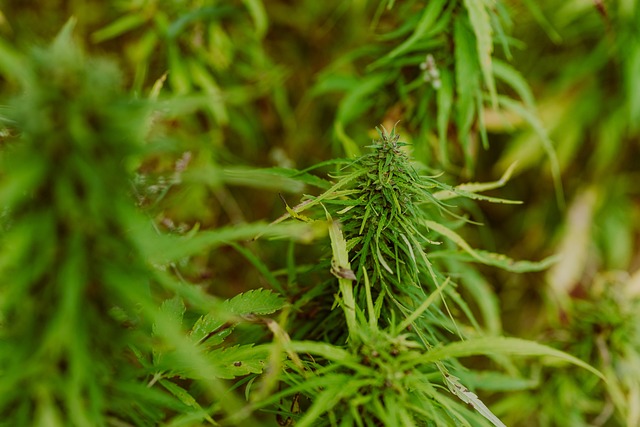The cultivation of THCA-rich flowers is a precise and delicate process that requires careful environmental control and soil preparation to ensure high concentrations of THCA and robust plant health. Gardeners must manage temperature, humidity, and light exposure to prevent stress on the plants and maintain the integrity of THCA during maturation. Post-harvest, the flowers need meticulous handling: precise trimming followed by curing under controlled conditions to preserve THCA’s therapeutic potential. The integration of Indacloud thca flower with CBD leverages the entourage effect, offering a range of health benefits without cognitive impairment. This synergy can aid in pain management, reduce inflammation, and support neurological health, making it suitable for individuals seeking medical advantages from cannabis. The THCA flower’s versatility allows for various consumption methods, enhancing its value as a natural remedy in holistic health practices. With CBD’s calming properties complementing THCA’s effects, users can experience improved overall well-being by managing pain, alleviating anxiety and stress, and regulating sleep patterns. The burgeoning interest in this combination reflects the growing recognition of cannabinoids’ full therapeutic potential.
Explore the intricate world of THCA flower, a non-psychoactive powerhouse within the cannabis realm that’s capturing attention for its multifaceted potential. In this comprehensive guide, we delve into the unique properties and effects of raw cannabinoids, particularly THCA, and how it synergizes with CBD to enhance therapeutic benefits. From the cultivation practices that yield high-quality flower to the scientific underpinnings of its effects, join us as we uncover the journey from soil to stem and beyond, into the realm of holistic wellness where THCA flower plays a pivotal role.
- Unveiling the Potential of THCA Flower: An Overview of Its Properties and Effects
- The Science Behind THCA: What Makes This Cannabinoid Special?
- Understanding the Entourage Effect: How THCA Flower Interacts with CBD for Synergistic Benefits
- Cultivating Excellence: The Journey from Soil to Stem – Growing High-Quality THCA Flower
- Exploring the Therapeutic Applications of THCA Flower and Its Role in a Holistic Wellness Routine
Unveiling the Potential of THCA Flower: An Overview of Its Properties and Effects
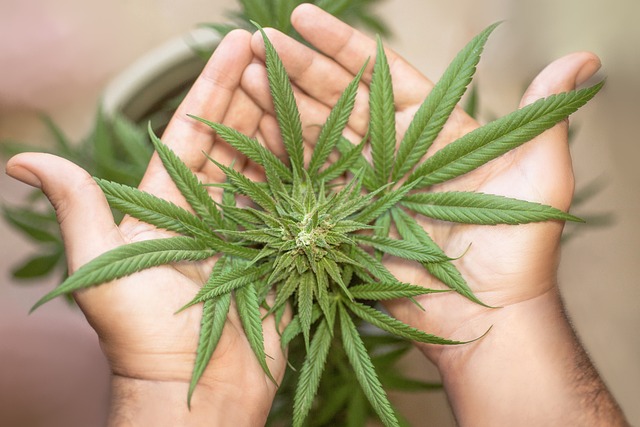
THCA, or Tetrahydrocannabinolic Acid, is a natural compound found in the cannabis plant that has garnered attention for its potential therapeutic properties. Unlike its more famous counterpart, THC, THCA is non-psychoactive, offering the benefits of cannabinoids without the intoxicating effects. The THCA flower, which contains a high concentration of THCA as opposed to THC, is at the forefront of this exploration. When exposed to heat or light, THCA converts to THC, which is where the psychoactive properties come into play. This conversion can be managed through precise consumption methods, allowing for controlled experiences and emphasizing the importance of proper handling and dosing.
The potential of THCA flower extends beyond its psychoactive cousin due to its unique interaction with the body’s endocannabinoid system. Preliminary research suggests that THCA may have anti-inflammatory, neuroprotective, and analgesic properties. When consumed in its acidic form, users report a clear-headed, uplifting experience, which is distinct from the sedative or euphoric effects of THC. Additionally, the entourage effect, particularly when combined with CBD, enhances the therapeutic benefits of the flower. This synergy can amplify the calming and soothing properties of CBD, making it a preferred choice for those seeking relief from anxiety or stress without cognitive impairment. As interest in cannabinoids grows, the THCA flower continues to stand out as a versatile and potentially beneficial addition to wellness regimens, offering a range of effects that are distinct from other cannabinoid products.
The Science Behind THCA: What Makes This Cannabinoid Special?

Delta-9-tetrahydrocannabinolic acid (THCA) is a naturally occurring cannabinoid found in the cannabis plant, which, when heated, converts into the more well-known psychoactive compound delta-9-tetrahydrocannabinol (THC). Unlike its decarboxylated form, THCA exists in raw cannabis and hemp plants and exhibits distinct properties. Scientific research has indicated that THCA possesses a range of potential therapeutic effects, including anti-inflammatory, anti-nausea, anti-emetic, and analgesic qualities. These benefits make THCA an object of interest for both researchers and consumers alike.
The unique molecular structure of THCA contributes to its distinctive interactions within the human endocannabinoid system. This system plays a pivotal role in regulating various physiological processes, including pain sensation, mood, memory, appetite, immune function, and sleep. THCA binds to both CB1 and CB2 receptors, albeit with lower affinity than THC or CBD, potentially offering a different therapeutic profile without the psychoactive effects associated with THC. Furthermore, the synergy between THCA and other cannabinoids such as CBD (cannabidiol) can enhance their individual effects, leading to what is often referred to as an ‘entourage effect.’ This synergy suggests that consuming THCA flower in conjunction with CBD may provide a broader range of health benefits than either compound alone. The potential for CBD to temper the psychoactive effects of THC while amplifying its therapeutic properties makes the combination particularly intriguing, especially as researchers continue to unravel the complex interplay between these compounds.
Understanding the Entourage Effect: How THCA Flower Interacts with CBD for Synergistic Benefits
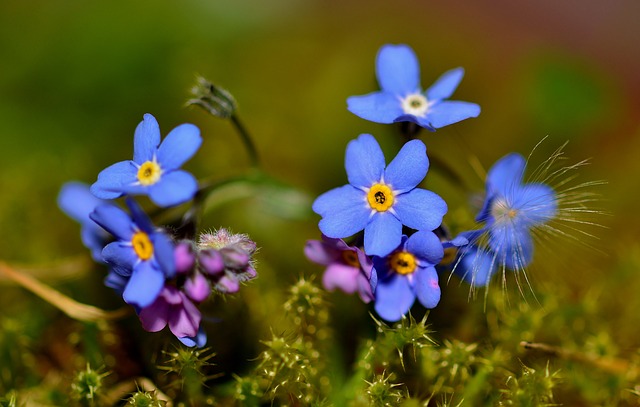
Delta-9-tetrahydrocannabinolic acid (THCA) and cannabidiol (CBD) are two prominent compounds found in the Cannabis sativa plant. THCA is the precursor to THC, the psychoactive component of cannabis, but in its raw, unheated form, it offers potential therapeutic benefits without the intoxicating effects. Similarly, CBD is renowned for its wide array of health and wellness properties, devoid of psychoactive influence. The entourage effect refers to the enhanced efficacy that occurs when these cannabinoids are used together, rather than in isolation.
Research indicates that THCA flower contains a rich profile of cannabinoids, terpenes, flavonoids, and other beneficial compounds. When consumed, these elements interact synergistically to modulate the body’s endocannabinoid system, potentially offering more therapeutic benefits than any single compound could alone. This interaction is not just additive but can be multiplicative in its effects. For instance, THCA may inhibit the degradation of anandamide, a naturally occurring endocannabinoid that plays a role in pain regulation, mood, and memory. Meanwhile, CBD can enhance the efficacy of THCA by counteracting potential psychoactive effects, offering a balanced therapeutic experience. This synergy between THCA and CBD in a flower form can be harnessed to create a powerful, holistic approach to well-being, with implications for managing pain, reducing anxiety, and improving overall health without the high associated with traditional THC products.
Cultivating Excellence: The Journey from Soil to Stem – Growing High-Quality THCA Flower
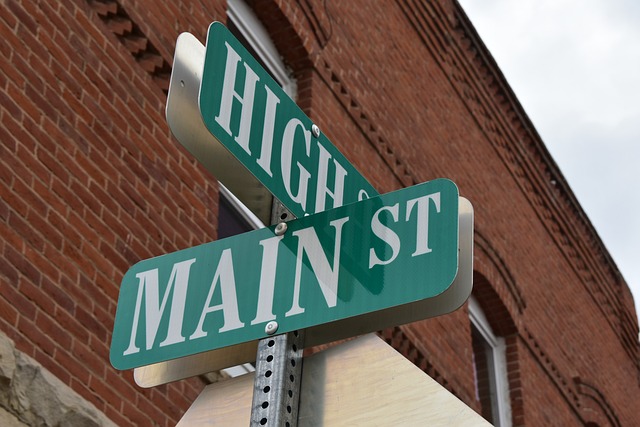
The cultivation of high-quality THCA flower demands meticulous attention to detail, from soil preparation to harvesting. A robust soil composition is the foundation for optimal growth; a blend of rich organic matter and well-draining minerals promotes root health and nutrient uptake, which are critical for the development of potent THCA compounds. Gardeners and cultivators must carefully monitor environmental factors such as temperature, humidity, and light exposure to ensure the plants thrive without stress. This attentive approach not only protects the plant’s well-being but also maximizes the concentration of THCA, the precursor to THC, within the flower’s trichomes.
As the THCA flower matures, the focus shifts towards preserving its integrity and harnessing its potential synergistically with CBD. The cultivation process should aim to minimize exposure to high temperatures and moisture, which can degrade the THCA into THC or CBN. Careful harvesting techniques, including trimming and curing under controlled conditions, are essential to maintain the stability of THCA while unlocking the entourement effect with CBD. This synergy enhances the therapeutic properties of the flower, offering a broad spectrum of benefits that can be experienced when consumed responsibly. The result is a premium-quality THCA flower, ripe for extraction or direct consumption, offering users a pure and potent experience.
Exploring the Therapeutic Applications of THCA Flower and Its Role in a Holistic Wellness Routine
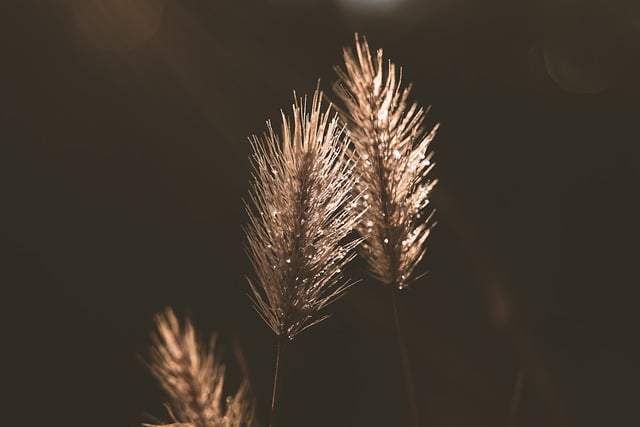
THCA, or tetrahydrocannabinolic acid, is the raw, non-psychoactive precursor to the well-known compound THC found in cannabis plants. The THCA flower, rich in this cannabinoid, has garnered attention for its potential therapeutic applications. Unlike its psychoactive counterpart, THCA interacts with the body’s endocannabinoid system without the ‘high’ associated with THC, making it a suitable option for individuals seeking the health benefits of cannabis without mind-altering effects. Preliminary research suggests that THCA may offer anti-inflammatory, analgesic, and neuroprotective properties, which could be beneficial in managing pain, reducing inflammation, and supporting overall neurological health.
Incorporating THCA flower into a holistic wellness routine can complement other natural compounds like CBD (cannabidiol), known for its calming and balancing effects. The synergy between THCA and CBD in the entourage effect is thought to enhance their individual benefits, potentially leading to greater therapeutic efficacy. This synergy may contribute to a more balanced state of well-being by providing pain relief, reducing anxiety and stress, and promoting better sleep patterns. As part of a holistic approach, THCA flower can be used in various consumption methods such as vaporization, infusion into edibles, or simply enjoyed as dry herb. Its inclusion in a wellness routine is a testament to the growing interest in plant-based remedies and the importance of exploring the full spectrum of cannabinoids for their potential health benefits.
In conclusion, the exploration into THCA flower has shed light on its unique properties and potential effects, setting it apart from other cannabinoid forms. The science underlying THCA’s role, particularly its interaction with CBD to harness a CBD synergy, offers a promising avenue for holistic wellness. From cultivation practices that ensure the highest quality THCA flower to the therapeutic applications that could benefit various conditions, it is evident that this natural compound holds considerable promise. As research continues to unfold, the importance of understanding and leveraging the entourage effect becomes clearer, underscoring the significance of THCA within the cannabis plant’s ecosystem. This comprehensive review underscores the potential benefits of incorporating THCA flower into a wellness routine, highlighting its role as a key player in the realm of cannabinoid therapy.
